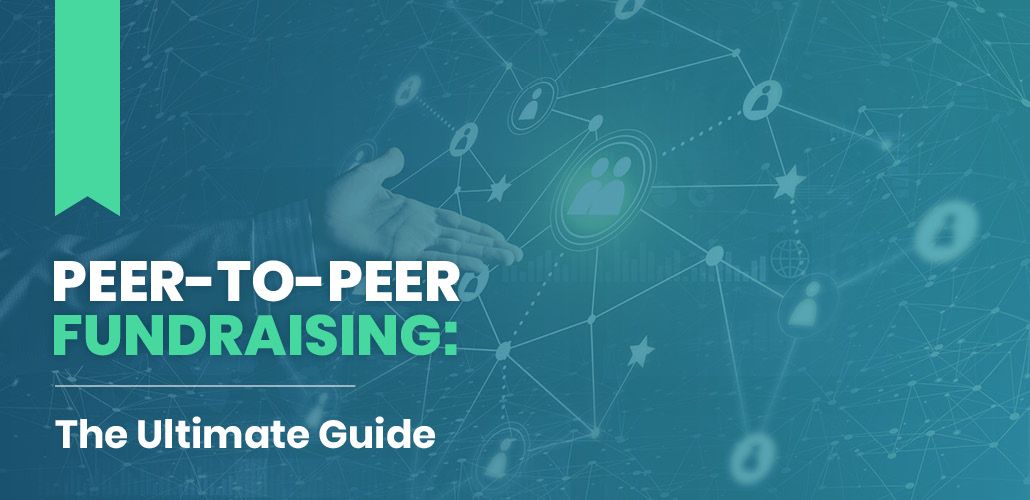The Function of Neighborhood Engagement in Nonprofit Fundraising: Building Lasting Relationships for Sustainable Support
Neighborhood involvement is increasingly recognized as an essential element of effective nonprofit fundraising. By cultivating real connections with regional stakeholders, organizations can grow depend on and loyalty, which are vital for lasting support. However, the methods and approaches used to involve neighborhoods vary extensively, raising crucial inquiries regarding performance and influence. What are the ideal techniques for growing these necessary links, and just how can nonprofits determine their success in this field? Understanding these dynamics could significantly influence the future of fundraising initiatives and the total goal of nonprofit companies.
Comprehending Neighborhood Interaction
Community engagement is a crucial part of successful not-for-profit fundraising efforts. Nonprofits need to recognize essential stakeholders-- such as community members, local organizations, and other organizations-- to create efficient interaction strategies.
Reliable area interaction is predicated on active listening and responsiveness to the needs and passions of the community. This process involves soliciting responses, understanding community dynamics, and making sure that the organization's mission lines up with local priorities. Engaging the neighborhood can take various types, consisting of public conferences, volunteer opportunities, and collaboration initiatives, each developed to urge involvement and investment in the organization's objectives.
Furthermore, community interaction need to be approached as a recurring discussion as opposed to an one-time initiative. By fostering an inclusive atmosphere where area voices are listened to and valued, nonprofits can construct a strong structure for future fundraising ventures. Inevitably, a deep understanding of community engagement empowers companies to produce authentic links that improve their overall effectiveness and sustainability.
Advantages of Strong Relationships
Strong connections created with neighborhood interaction return countless advantages for nonprofit fundraising efforts. First and foremost, these relationships foster trust and integrity, essential elements in motivating contributors to contribute. When prospective advocates see a nonprofit proactively included in their community, they are more likely to rely on its objective and effect.

In addition, these relationships promote reliable interaction. Nonprofits can utilize their links to share tales of effect, updates, and requires, making certain that advocates remain educated and engaged. This open line of communication not just reinforces bonds yet additionally motivates word-of-mouth promo, expanding the not-for-profit's reach.
Last but not least, solid area ties can draw in brand-new partners and sponsors. Companies and people are a lot more likely to align with organizations that show purposeful community involvement, giving added sources and support that can dramatically enhance fundraising capabilities. Hence, growing robust partnerships with community engagement is indispensable to a not-for-profit's long-term fundraising success.
Approaches for Effective Engagement
Exactly how can nonprofits efficiently engage their neighborhoods to boost fundraising initiatives? Creating targeted strategies is crucial for promoting purposeful links. Initially, leveraging social networks systems enables companies to share their mission dynamically and interactively, getting to a more comprehensive audience. Continue Regular updates, engaging content, and calls-to-action can galvanize area interest and involvement.
2nd, hosting area events, such as workshops, volunteer chances, or fundraising drives, assists in in person communication, allowing nonprofits to display their effect and initiatives. These events not just increase funds however additionally grow connections and enable area members to engage straight with the cause.
Third, executing tailored communication strategies can boost involvement. Tailoring messages to certain benefactor segments based on passions and previous contributions fosters a sense of belonging and financial investment in the company's goal.
Last but not least, creating partnerships with regional organizations and neighborhood leaders can magnify outreach efforts. Collective efforts can improve visibility and integrity, showing a collective dedication to the neighborhood's wellness. By incorporating these approaches, nonprofits can build long-term connections that boost fundraising initiatives and drive lasting assistance.
Measuring Involvement Success
While involving the neighborhood is vital for effective nonprofit fundraising, determining the performance of these involvement efforts is similarly vital. Developing clear metrics permits organizations to evaluate just how well they are getting in touch with their target market and achieving their fundraising goals. Secret performance signs (KPIs) such as donor retention prices, volunteer involvement levels, and engagement on social media sites platforms supply tangible data for examination.

On a regular basis evaluating these metrics enables organizations to pivot their approaches when necessary, making certain that neighborhood engagement stays aligned with their total objective. Additionally, sharing these results with stakeholders promotes openness and develops trust, urging additional community involvement. Inevitably, a robust measurement framework not only informs future fundraising campaigns yet also enhances the connection between important link the not-for-profit and its advocates, preparing for sustainable success.
Situation Studies in Neighborhood Influence
Countless case research studies show the extensive influence that neighborhood interaction can carry not-for-profit fundraising success. One remarkable example is the "Food for Idea" campaign, where a regional food bank partnered with institutions and businesses to host community dinners. These events not just increased funds yet additionally fostered a sense of belonging among individuals, considerably raising benefactor retention prices.
An additional compelling situation is the "Green Spaces Project," which entailed local citizens in the revitalization of metropolitan parks. This effort not just amassed financial backing from neighborhood businesses yet also grew a volunteer base that added to continuous maintenance and shows. The feeling of possession and satisfaction among community members converted into sustained contributions.
In the world of arts, the "Art for All" campaign effectively engaged regional musicians and customers to create joint art installments, bring about enhanced presence and donations for a regional arts nonprofit.
These instances highlight that when nonprofits focus on community participation, they can produce long lasting relationships that enhance fundraising efforts, guaranteeing sustainable support and cultivating a vibrant area culture. Such cases show that community engagement is not merely a method however a vital column of not-for-profit success.
Conclusion
In conclusion, community engagement is indispensable to the success of not-for-profit fundraising efforts. Inevitably, a durable foundation of area assistance not just magnifies fundraising potential yet additionally cultivates a culture of partnership, crucial for accomplishing lasting organizational goals and sustaining meaningful influence. fundraising consultant.
Nonprofits have to recognize key stakeholders-- such as community members, neighborhood organizations, and other companies-- to develop effective involvement techniques.

In final thought, neighborhood engagement is essential to the success of not-for-profit fundraising efforts.